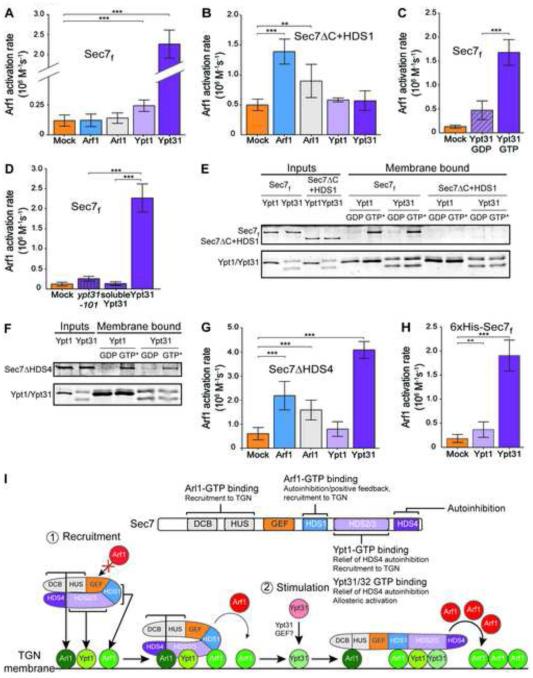Figure 3. Each GTPase plays a distinct role in Sec7 activation, with Ypt31 exerting the largest stimulatory effect.
(A) Rates of Arf1 activation by Sec7f in the presence of membrane-bound, activated GTPases or buffer (“mock”). n=3.
(B) Arf1 activation by purified Sec7ΔC+HDS1. n=3.
(C) Arf1 activation by Sec7f in the presence of GDP-bound or GTP-bound Ypt31. n=4.
(D) Arf1 activation by Sec7f in the presence of activated membrane-bound Ypt31 or ypt31-101, or soluble Ypt31. n=3.
(E,F) Liposome floatation assays showing Ypt1- and Ypt31-dependent recruitment of purified Sec7f (E) and Sec7ΔHDS4 (F), but not of purified Sec7ΔC+HDS1 (E); GTP* = GMP-PNP (active GTPase).
(G) Arf1 activation by purified Sec7ΔHDS4. n=3.
(H) Arf1 activation by membrane-anchored Sec7f. n=3.
(I) Model of Sec7 recruitment to the TGN and regulation of GEF activity by four GTPases. Sec7 is dimeric, but a monomer is shown for simplicity. This model is based on the findings from this study and previous reports (Christis and Munro, 2012; Richardson et al., 2012).
See also Figure S2.
In (A)-(D),(G),(H), error bars represent 95% CIs for the indicated n.

